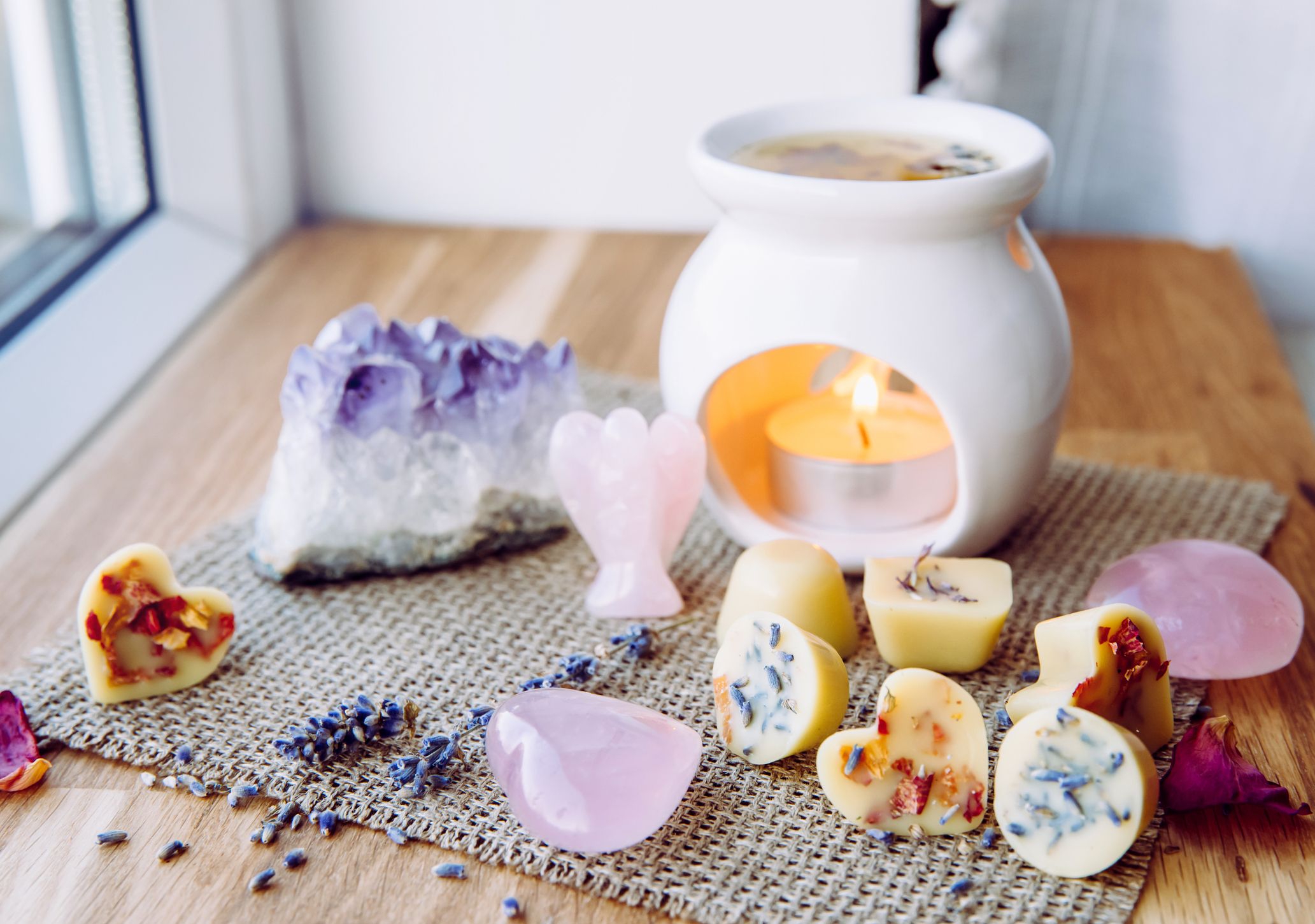Introduction: The Allure of Fragrant Escapades
In the realm of home fragrance, wax melts have carved a niche as an elegant and versatile alternative to traditional candles. These small, scented blocks of wax, when gently heated, release their aromatic essence, enveloping spaces in a cloud of delightful fragrances without the need for an open flame. From cozy homes to bustling offices, wax melts offer a safer, cleaner way to infuse any environment with a touch of personal charm. This in-depth exploration delves into the world of wax melts, uncovering their origins, the science behind their magic, and the artistry involved in crafting these scented delights.
The Origins: From Simplicity to Sensory Symphony
The concept of wax melts traces back to ancient civilizations’ use of fragrant oils and wax in religious rituals and personal grooming. However, as a modern product, wax melts emerged as a creative offshoot of the candle industry, born out of a desire for a flameless yet effective means of home fragrance. Initially straightforward, today’s wax melts have evolved into a sophisticated array of shapes, colors, and scent profiles, each meticulously designed to evoke specific emotions and atmospheres.
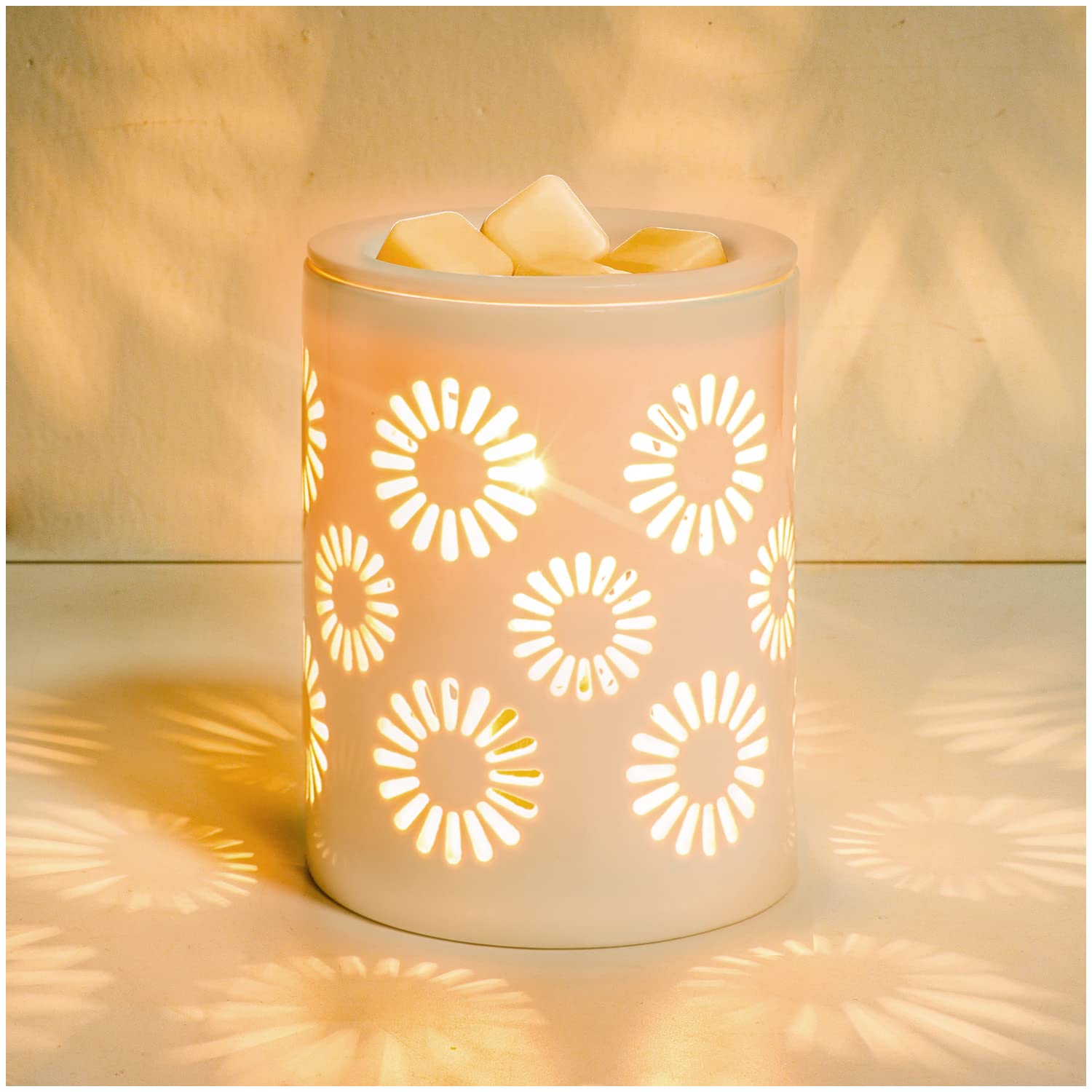
The Science Behind the Scent: Melt, Diffuse, Enjoy
At the heart of every wax melt lies a simple scientific principle: heat causes the wax to soften and release its fragrance oils. Unlike candles where heat is generated through combustion, wax melts utilize electric warmers or tea light-powered burners, ensuring a cleaner and more controlled release of scent. As the wax reaches its melting point, usually around 60-80°C (140-176°F), the fragrance molecules become volatile and disperse into the air, creating a consistent, room-filling aroma without the risk of soot or smoke residue.
Wax Varieties: Choosing the Right Canvas for Your Scents
Not all wax melts are created equal; the choice of wax base significantly impacts the melting experience and fragrance throw. Soy wax, a popular option due to its natural, renewable source, offers a cleaner burn and excellent scent throw. Beeswax, known for its honey-like aroma and air purifying properties, is a premium choice. Paraffin wax, while cost-effective, has fallen out of favor due to environmental concerns. Newer blends combining natural waxes with synthetic additives aim to enhance fragrance longevity and melting performance, catering to a wide spectrum of consumer preferences.
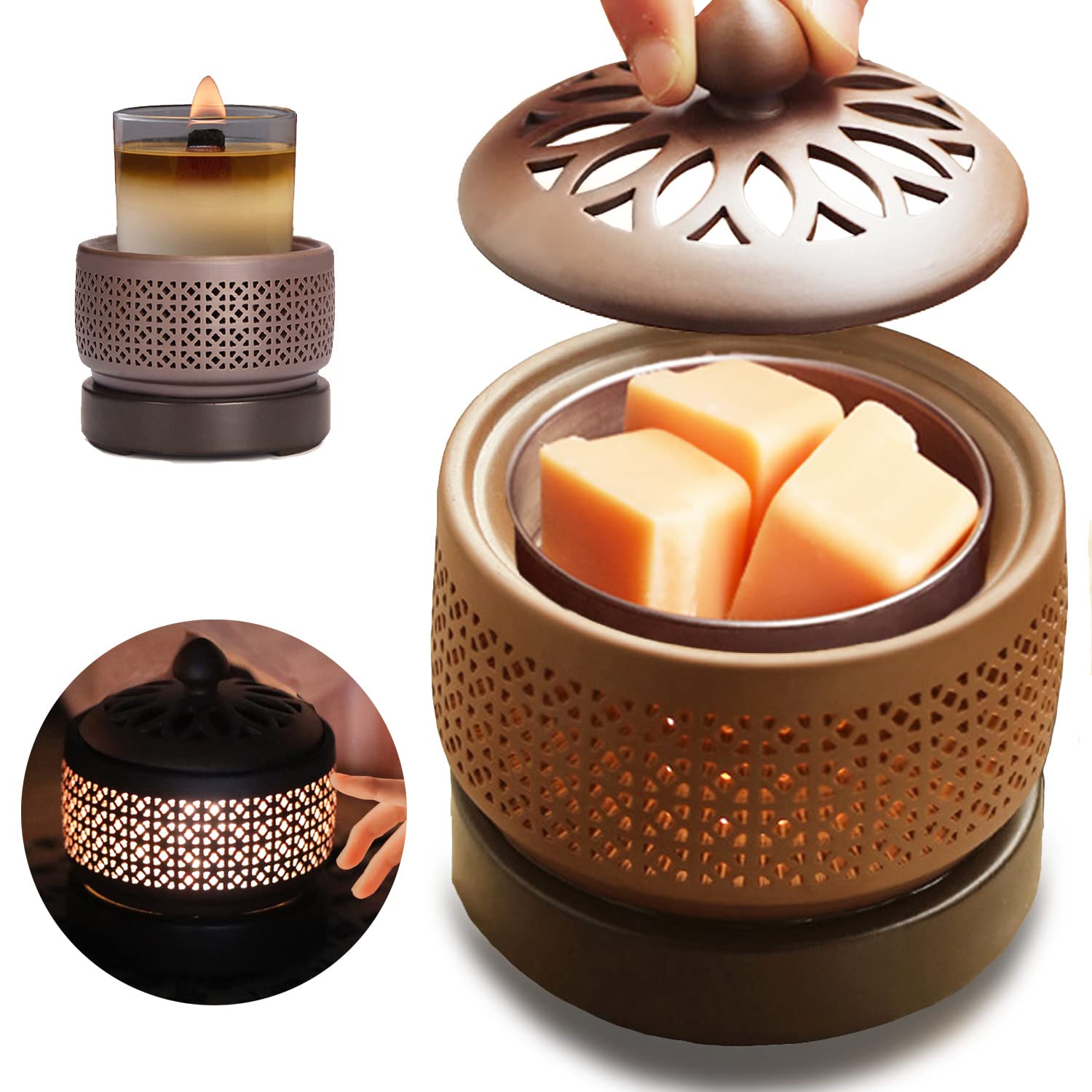
The Art of Scent Crafting: From Nature to Nostalgia
Creating unique and appealing scents is an art form in itself, blending the realms of chemistry and perfumery. Master perfumers meticulously craft complex fragrance profiles, drawing inspiration from nature’s bounty, childhood memories, or exotic locales. Top notes like citrus or mint offer an initial burst of freshness, followed by heart notes like floral or herbal essences that form the scent’s core, and finally, base notes such as vanilla or musk that linger longest, providing depth and longevity. Each wax melt encapsulates a carefully choreographed olfactory journey, designed to transport the user to a different time or place.
Design and Aesthetics: More Than Just a Nose Pleasure
Wax melts often double as decorative elements, showcasing intricate designs, vibrant colors, and even embedments like dried flowers or glitter. This visual allure adds another dimension to the sensory experience, transforming the act of fragrance diffusion into a form of home decor. Shapes range from whimsical hearts and stars to realistic fruit slices or geometric patterns, allowing users to personalize their spaces according to taste or season.

Exploring the Benefits: A Safer, Cleaner Alternative
One of the prime attractions of wax melts over candles is their inherent safety. Without the risk of open flames, they reduce fire hazards, making them ideal for households with pets or children. They also produce less soot, minimizing indoor air pollution and reducing cleaning efforts associated with candle residue. Moreover, wax melts generally offer a more potent and consistent fragrance distribution, making them a cost-effective option in the long run due to their reusable nature – once the scent fades, simply replace the melt and reuse the warmer.
With a myriad of options available, choosing the perfect wax melt can seem daunting. Key considerations include personal scent preferences, the desired strength of fragrance, and the type of wax used. Reading reviews, experimenting with sample packs, and considering brands committed to using high-quality, sustainably sourced materials can guide consumers towards a satisfying purchase. Additionally, exploring artisanal makers can introduce you to unique, handcrafted melts that support small businesses and offer one-of-a-kind scents.
The Future of Wax Melts: Innovations and Sustainability
As consumer awareness about sustainability grows, the wax melt industry is evolving to meet these demands. Biodegradable and plant-based wax formulations, along with recyclable packaging, are becoming more prevalent. Technological advancements are also on the horizon, with smart warmers that allow remote control via smartphone apps or integrate with smart home systems, offering personalized scheduling and scent intensity adjustments. The future promises an even more immersive and eco-conscious fragrance experience.
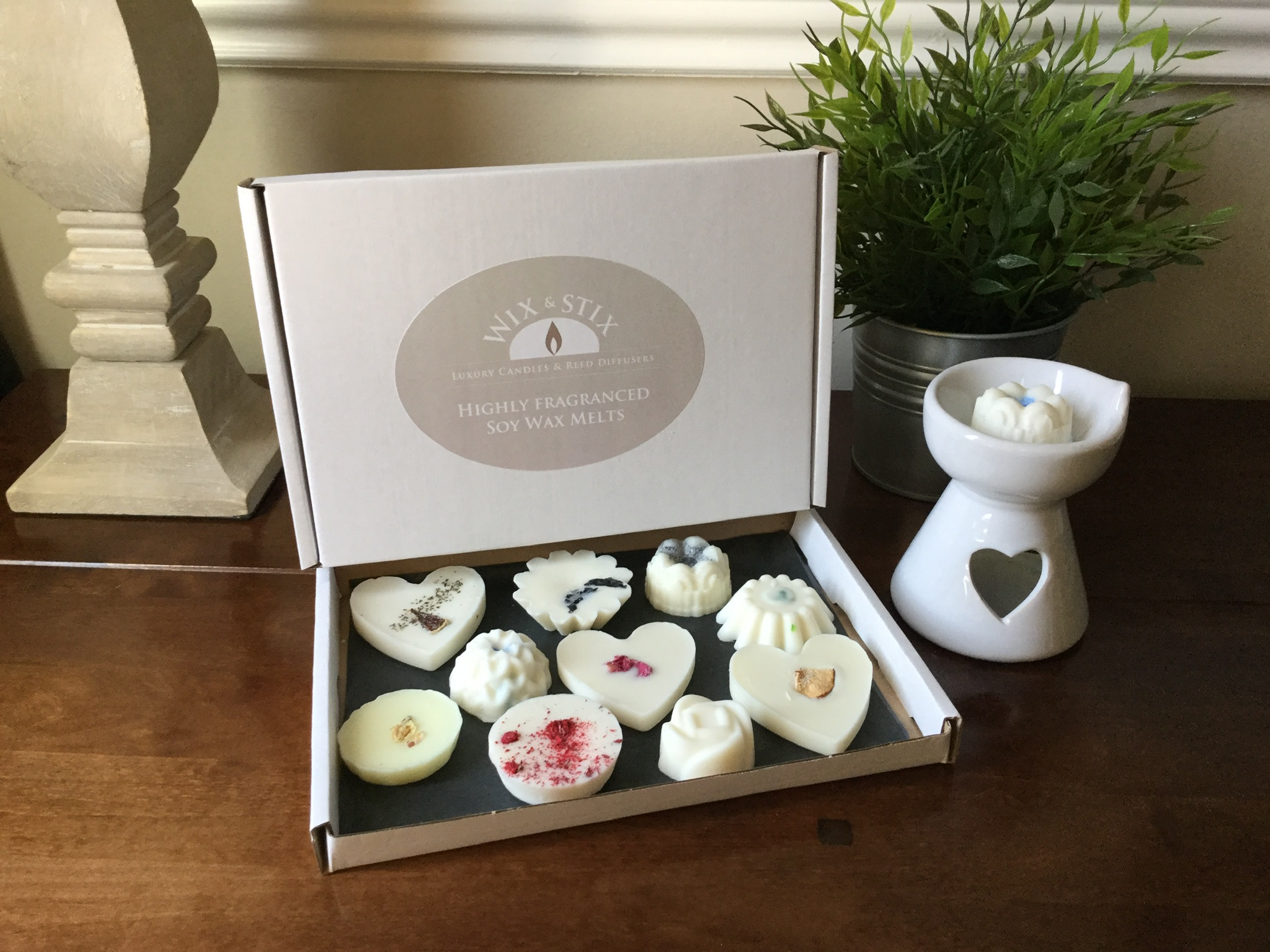
Embracing Technology for Enhanced User Experience:
The integration of technology into wax melts doesn’t stop at smart warmers. Imagine a future where IoT-enabled devices analyze your environment and adjust the fragrance release based on factors such as time of day, weather, or even your mood, creating a truly tailored ambiance. Wearable tech could sync with your wax melt system, cueing it to emit calming scents during periods of high stress or invigorating aromas to boost morning productivity.
Sustainability at the Core:
In response to the global push for eco-friendliness, manufacturers are not only focusing on renewable wax sources but also exploring innovative ways to recycle used wax melts. Programs for returning used wax to be repurposed into new products or even transformed into other household items like candles or cleaning products are being piloted. This closed-loop approach significantly reduces waste and promotes circular economy practices.
Customization and Personalization:
Recognizing the desire for individuality, companies are developing platforms that allow customers to create their own unique wax melt blends. Users can select from a wide array of fragrances, choose colors, embedments, and even design custom packaging online, resulting in a highly personalized product delivered to their doorstep. This level of customization fosters a deeper connection between consumers and their home fragrance experience.
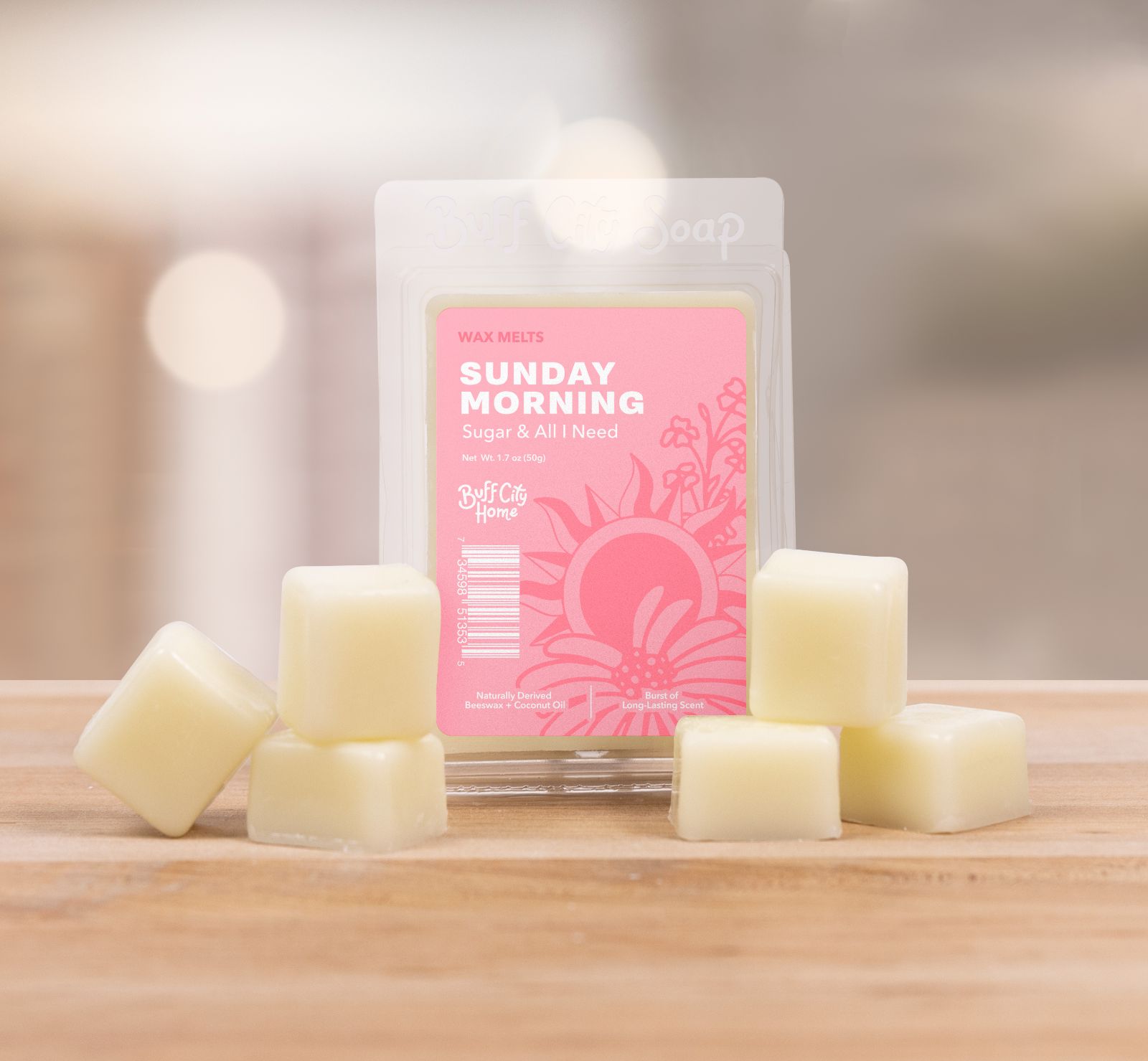
Conclusion: Embracing the Scented Revolution
Wax melts have transformed the home fragrance landscape, offering a safe, versatile, and artistic means of enveloping spaces in delightful aromas. Beyond their functional benefits, they serve as miniature masterpieces, inviting us to explore a world of sensory delight. Whether seeking relaxation, nostalgia, or a touch of luxury, wax melts provide a personalized and sustainable path to enhancing our living environments. As technology and creativity continue to converge in this field, the possibilities for scent-inspired living are as boundless as the imagination.





